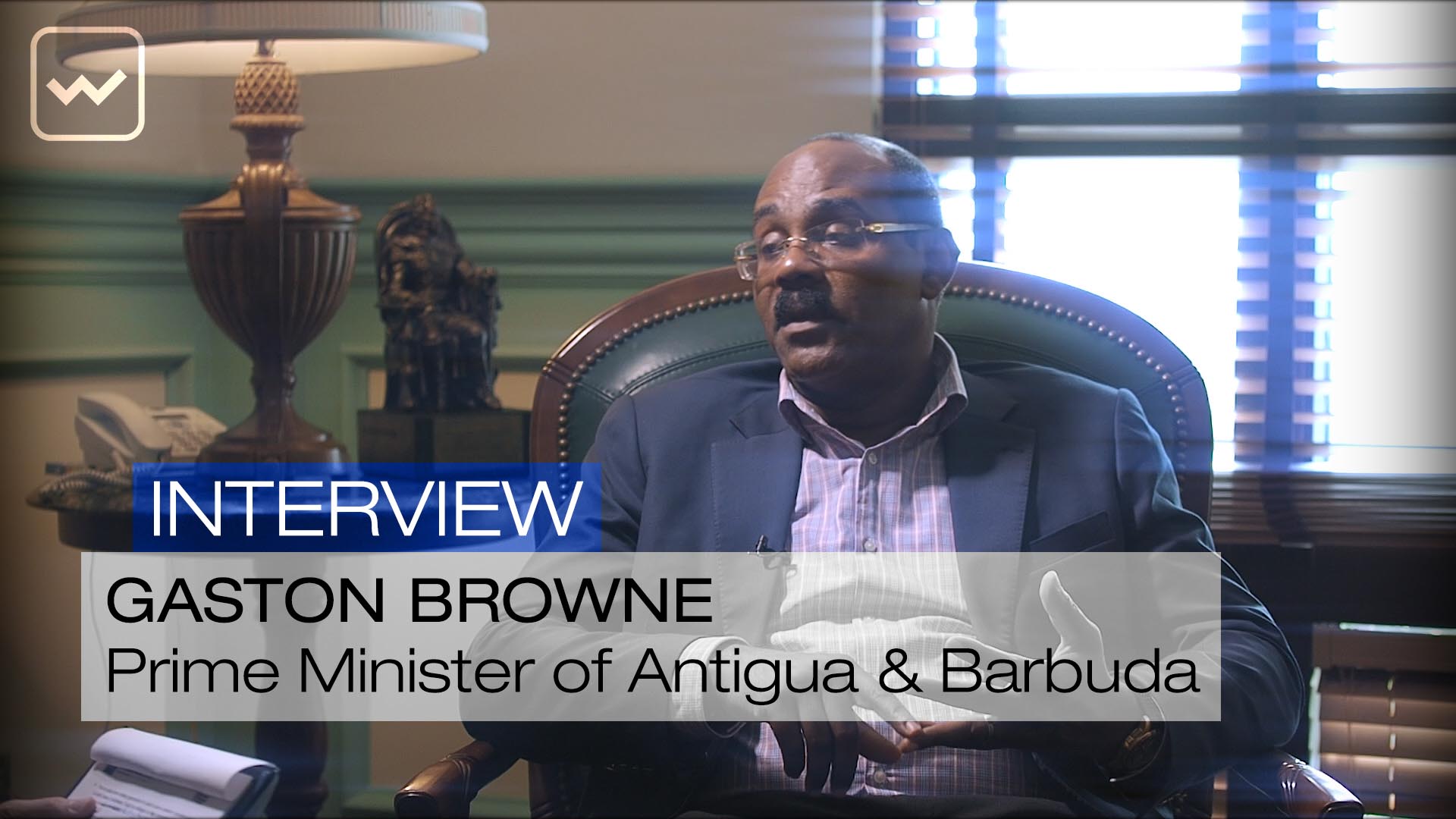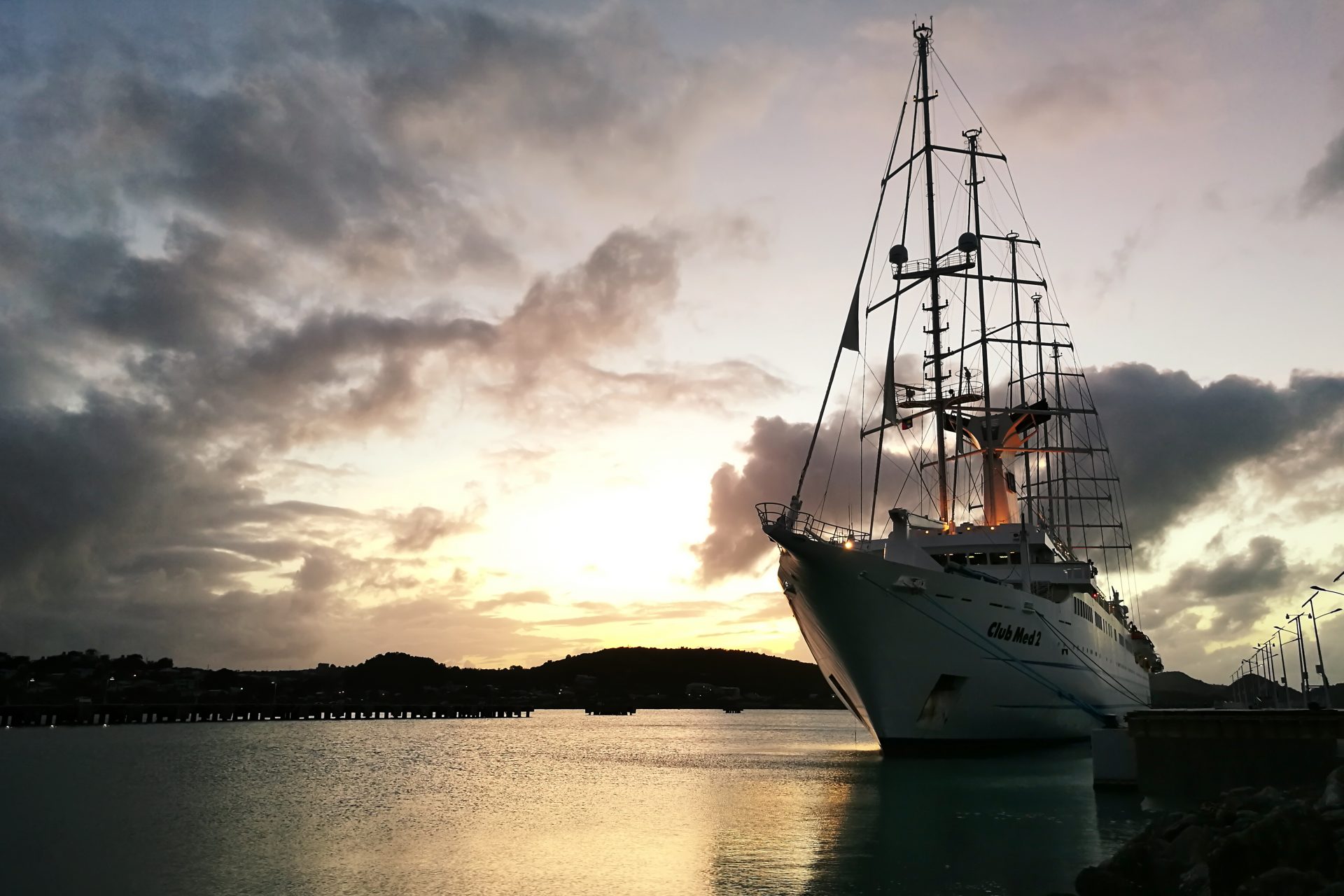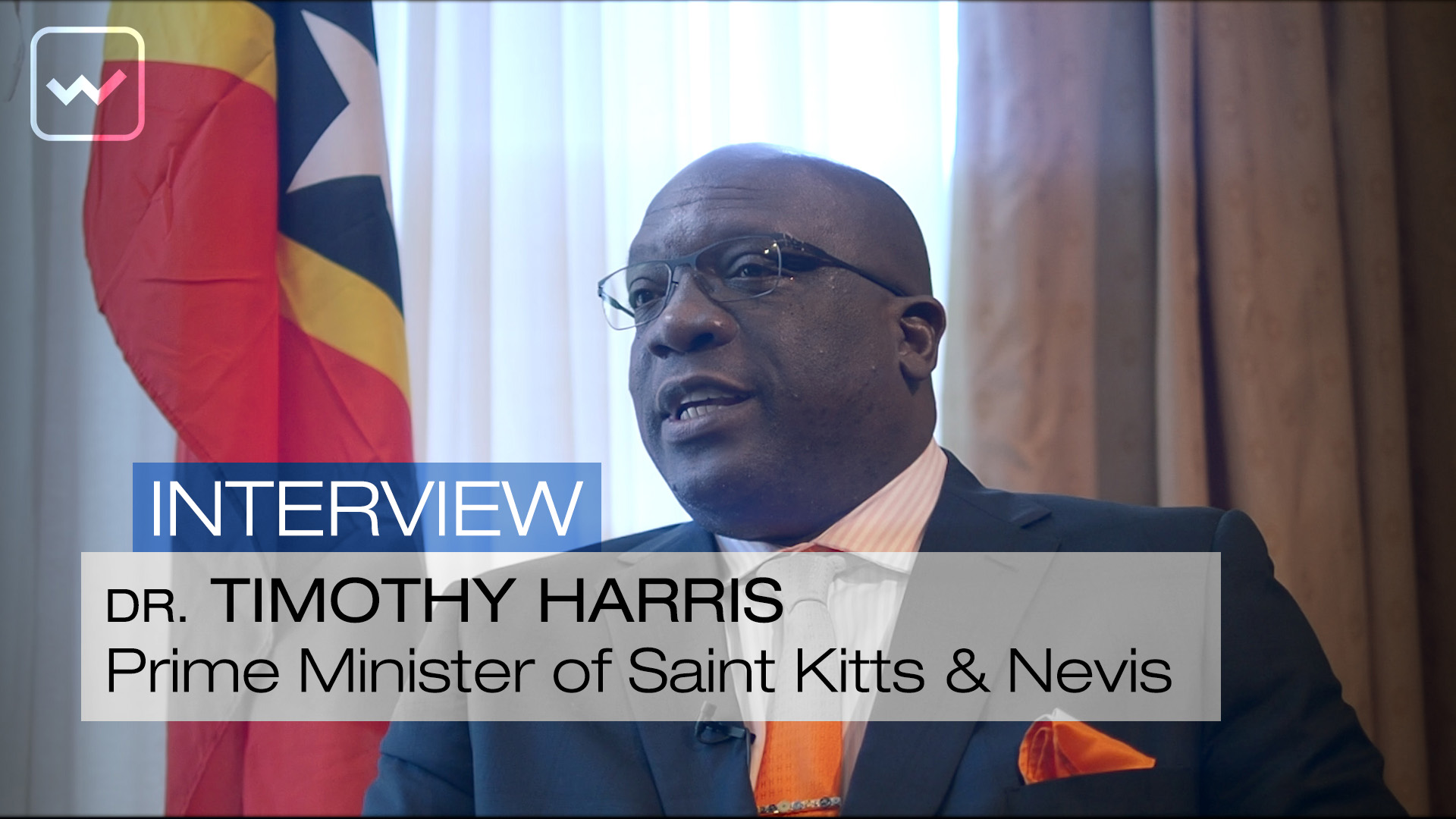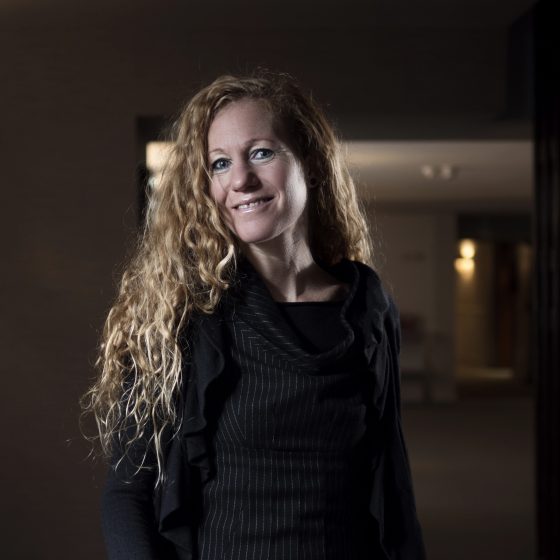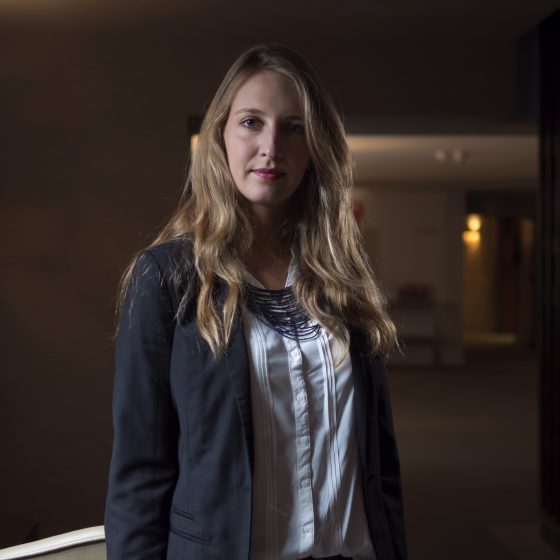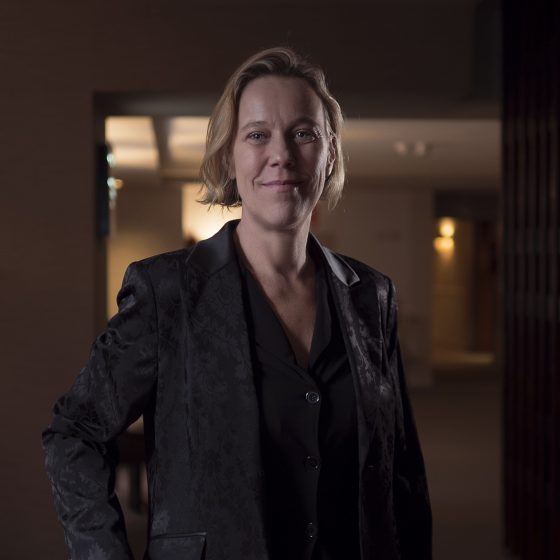This twin-island paradise brings together the perfect combination of quality lifestyle, economic growth and dynamic business environment, making it one of the most attractive investment destinations in the Eastern Caribbean.
Atlantic waves rock its west coast while the Caribbean sea’s gentle turquoise waters kiss the east of the islands, but Antigua & Barbuda’s 365 beaches are far from being the country’s only appeal.
With one of the most exciting real estate development sectors in the Caribbean region, the twin island nation attracts investment from all over the world, in part thanks to its Citizenship by Investment Program (CIP) which, in addition to the high-end property stake itself, unlocks many doors thanks to one of the world’s most powerful passports.
With a well-regulated financial services sector and one of the most stable currencies in the world, the Eastern Caribbean Dollar, common to all seven full members of the Organization of Eastern Caribbean States (OECS), the Antiguan economy has seen consistent and predictable growth over the years.
“Today, Antigua & Barbuda is easily a more competitive country than the average country within the Caribbean region.” — Gaston Browne, Prime Minister of Antigua & Barbuda
Indeed, the country’s Gross Domestic Product had grown consistently for over 30 years until the 2008 financial crisis, which hit it hard.
Since Prime Minister Gaston Browne took office in 2014, Antigua & Barbuda’s economy has made a phenomenal recovery, growing at three times the average rate in the region, and surpassing its pre-crisis levels.
As the gateway to the Eastern Caribbean, the twin island nation is a sweet spot for cruising, transshipment and passenger transit. Its brand-new airport terminal at V.C. Bird International serves as a hub for the region, while its cargo port, though not located directly on international shipping lines, is a crucial distribution point to reach the rest of the Eastern Caribbean.
With a refueling platform off Antigua’s western coast, the country also offers bunkering services for cruise and cargo ships passing by.
To reduce its dependence on fossil fuels, Mr. Browne, along with many of his Caribbean counterparts, signed the Caribbean Energy Security Initiative in January 2015, through which the United States provides natural gas as a means of transition towards cleaner forms of energy.
Later that same year, the Browne administration enacted the Renewable Energy Act, with a push towards biomass and solar energy.
A Fast-Growing Economy
Antigua & Barbuda’s economy is one of the most prosperous in the Caribbean region. While its heavy reliance on tourism makes the country vulnerable to downturns in international markets, its highly successful Citizenship by Investment Program, launched in 2013, has been a much welcome source of economic stability, spurring an economic recovery which quickly brought the country back to its pre-2008 levels.
Breakdown by Sector
Agriculture
Services
Industry
Its GDP, overall and per capita, suffered significantly after the 2008 crisis. GDP fell from 1.35 to 1.13 billion (current US$), and GDP per capita from 15,787 to 12,817 US$ between 2008 and 2010. Nevertheless, economic growth stabilized in the subsequent years, with its GDP increasing from 1.201 to 1.259 billion US$ from 2013 to 2016. A similar evolution can be seen on the country’s GDP per capita, with an annual growth of around 3,5% over the past two years. General government revenue as percentage of fiscal year GDP also increased in the past three years, from 18,6% in 2013 to 25% in 2016.
Moreover, forecasts of the Antiguan economy expect steady economic growth over the next four years, showing confidence in the government’s efforts to improve the economic climate.
The Eastern Caribbean’s Power Broker
In today’s globalized market, size matters; the United States remains the world’s superpower, while BRICS gain in importance. For smaller countries, joining forces is often the best strategy to be able to throw more weight around on the global scale. Hence, groups such as the European Union, Mercosur, ASEAN, OPEC and CARICOM give more influence to countries which might otherwise struggle to be heard in the global market.
These dynamics remain true on a regional scale. Nested almost entirely within CARICOM, OECS’ full members and associated states are comprised of six independent island nations, three British Overseas Territories and one French Overseas Department.
Bound together by the free movement of goods and people, and the EC dollar, OECS is therefore able to weigh more than the sum of its parts on a regional scale.
While Antigua & Barbuda has neither the largest population nor the biggest economy, it punches above its weight with just the right combination of factors making it the essential powerhouse of the region.
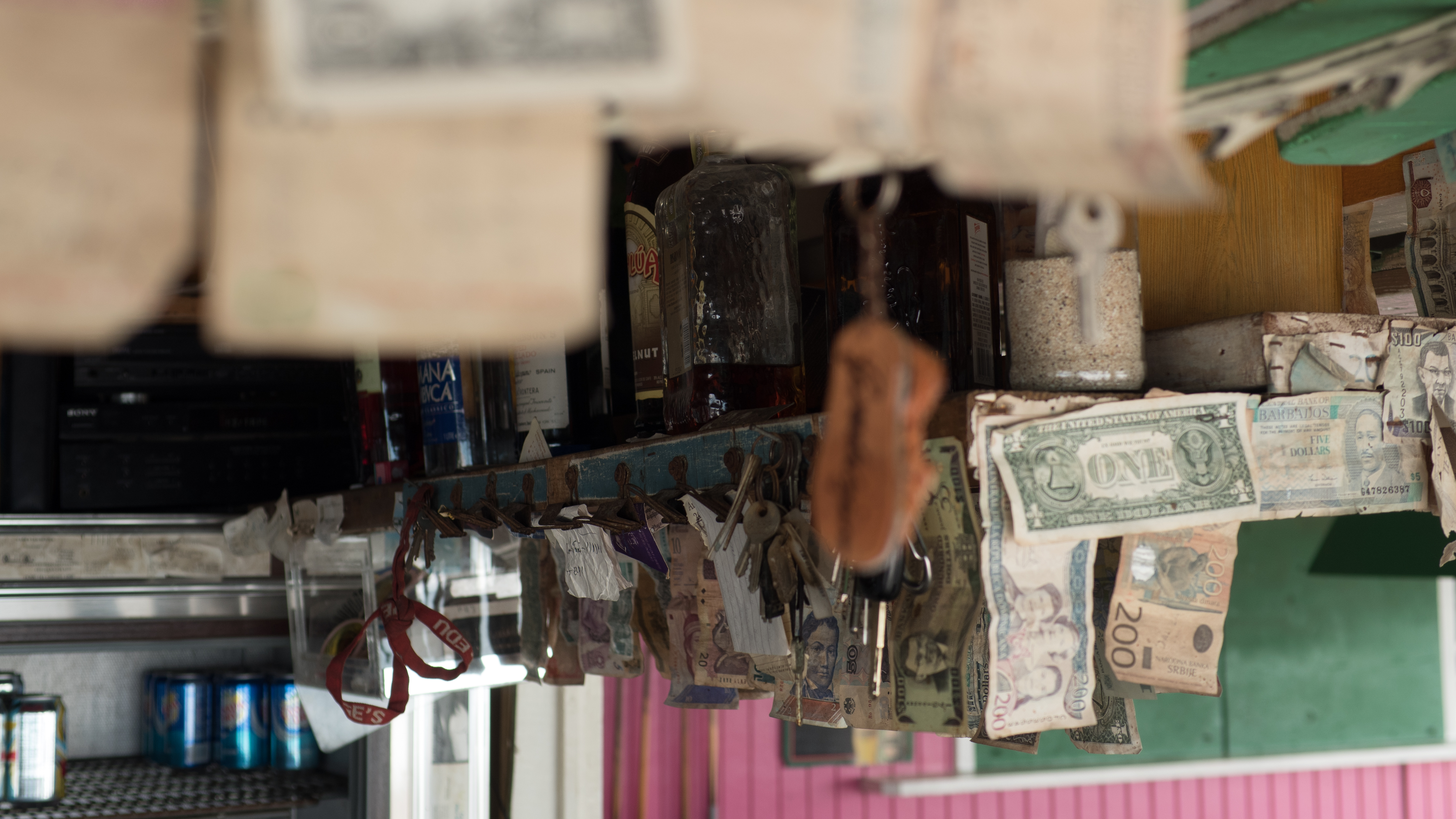
There are many currencies in circulation in the Caribbean, whether it’s the Jamaican, Barbadian or US dollar — even the euro in some overseas territories. But the Eastern Caribbean dollar (or EC$), with a rate fixed to the US dollar, is one of the most stable currencies in the world.
A Gateway for Goods and People
With some of the most modern transport facilities and infrastructure in the region, Antigua & Barbuda is undeniably the hub of the Eastern Caribbean, serving as the gateway for goods and people, into and out of the region.
Indeed, V. C. Bird International Airport, located on the island’s north coast, completed its brand-new terminal in 2015, and serves as the landing pad for flights from the United States, Canada and Europe.
Antigua & Barbuda also signed an Airline Service Agreement with the United Arab Emirates in 2016 and will soon see flights connecting the two countries.
“Though it’s considered a small island, Antigua is very advanced. We consider ourselves to be trend setters in the Caribbean,” says Antigua & Barbuda Airport Authority CEO Stanley Smith. “We are just a small dot, but a dot can conclude a sentence, and together we make a strong statement.”
V. C. Bird International is also the base of operations and main hub for the region’s leading airline, Liat, which connects 18 nearby destinations for passengers – 85% of whom are local – and cargo, thanks to its overnight package service.
“A Coastal Line to Die For”
Antigua has been able to capitalize on its coastline for cruises, cargo and an important yachting industry thanks to its many harbors.
“Our coastal line is to die for,” says Antigua Pier Group CEO Saiid Greene. “But we need to begin to link up the Caribbean with a maritime experience. If we are going to build industries, we need to have the capacity to have water transportation to link ourselves as a region.”
St. John’s Deep Water Harbour saw an investment of US$22 million to dredge the port to a depth of 35 feet and widen the channel into the harbor. In November of 2016, the government secured a further investment of US$100 million for a massive expansion of its porting facilities.
“We are not directly tied to the global supply chain, though we are connected regionally. We want to grow in terms of efficiency so that we could begin to signal certain changes and maybe start some services such as warehousing, distribution and transshipment,” says Antigua & Barbuda Port Authority CEO Darwin Telemaque.
“We want to make it dynamic so that you could literally transport your warehouse from Miami to Antigua and distribute to other islands from here. The overall cost of life in Antigua could be reduced if we can achieve that efficiency,” he adds.
“We want to make it dynamic so that you could literally transport your warehouse from Miami to Antigua and distribute to other islands from here.” — Darwin Telemaque, CEO of Antigua & Barbuda Port Authority
St. John’s can receive up to four cruise ships simultaneously, most of them docking at Heritage Quay or the Nevis Pier, which opened in 2002.
Antigua’s other key harbors include Falmouth Harbour, which is located on the southeast section of the island and is a berthing place for smaller cruise ships and large yachts, Nelson’s Dockyard, English Harbour, famous for its Antigua Sailing Week, and Jolly Harbour, which hosts smaller vessels. Barbuda is also expanding its facilities to accommodate larger cruise ships.
Did You Know?
- Antigua’s Naval Dockyard, Nelson’s Dockyard, was listed as a World Heritage Site by UNESCO in 2016. There is no other site in the Caribbean that can compare to Nelson’s Dockyard.
- Antigua & Barbuda is ranked 1st in the Caribbean with an active Citizenship by Investment Program and 25th most powerful passport in the world, with a visa-free score of 122.
- Double Academy Award winner Robert De Niro was named Special Economic Envoy to Antigua and Barbuda in 2014. Furthermore, he has partnered with Casino billionaire James Packer to develop a $US250 million resort on the island of Barbuda, which was once Princess Diana’s Caribbean hideaway.
- The highest point on Antigua is Mount Obama, known as Boggy Peak until 2009 before it was renamed in honor of the US President.
A Beach for Each Day of the Year
With 365 beaches of clean turquoise waters, the tropical islands of Antigua and Barbuda are considered to be one of the most beautiful places in the world. It is therefore no surprise tourism is the key driver of the country’s economy, accounting for nearly nearly 60% of GDP and 40% of investment; with key markets being the U.S., Canada and Europe.
In 2015, 73% of visitors arrived by sea, accounting for the 16% increase in the number of visitors from the previous year, while the remaining 27% was by air, which shows the importance of cruise tourism for the Antiguan economy.
Stay-Over Tourist Arrivals by Air
However, the country’s over-reliance on tourism made it vulnerable to downturns in global markets, which is why the Antiguan government has been making efforts to diversify its economy.
Case in point, country’s inbound tourists (by air) dropped significantly in the two years following the 2008 crisis, before slowly recovering after 2010.
The country only returned to pre-crisis levels in 2016, reaching 265,000 visitors (by air), or a leap of 16,000 from 2015.
Main Tourism Markets
North America
United Kingdom
Caribbean
Other
An Attractive Passport for Investors
Aside from the ability to reside in one of the top western destinations for recreational travel, Antigua & Barbuda’s Citizenship by Investment Program (CIP) offers many advantages, making it the top-rated program in the Caribbean region and fourth in the world. Through CIP, also known as Economic Citizenship, eligible investors and their families can be granted Antiguan citizenship and passport by making a significant economic contribution to the country.
Henley and Partners rank the Antiguan passport 30th in their 2017 global ranking visa restrictions index with a score of 136.
“This is money that is liquid, cash that can be used for development purposes, including investment in social services.”
“If you look at the regional progams, only one country in the region, only one passport offers you visa-free access to Canada, and that’s Antigua & Barbuda,” Charmaine Quinland-Donovan, CEO of the Citizenship by Investment Unit (CIU), told World Investment News. “Of course, like many other jurisdictions in the region, we also have visa-free entry to Schengen countries and the UK. Together, we have visa-free entry to more than 130 countries.”
Established in 2013, Antigua & Barbuda’s CIP is among the least expensive, especially in comparison to “Golden Visa” programs in Europe and the United States, and applications are typically approved in as little as 90 days. With a remarkably stable and secure banking system and no tax on global income or capital gains, the twin island nation is an ideal location for a second home.
Antigua & Barbuda’s Citizenship by Investment Program
Regulated by section 6 of the Citizenship by Investment Act of 2013 and operated by the Citizenship by Investment Unit (CIU), the CIP allows the government of Antigua & Barbuda to operate a program under which citizenship is granted to persons who qualify.
Applicants must be over 18 years old and select one of three investment options:
- A contribution to the National Development Fund (NDF) of a minimum non-refundable amount of US$200,000
- An investment of at least US$400,000 into one of the approved real estate projects, to be held for a minimum period of five years
- An investment of a minimum of US$1,500,000 directly into an eligible business as a sole investor or a joint investment involving at least two persons in an eligible business totaling at least US$5,000,000 and each of those persons individually invests at least US$400,000.
See the full list of CIP-approved development projects here.
Applicants may be ineligible in situations such as:
- Providing false information
- Any of the members of the family suffers from a highly contagious disease
- Having been convicted and not received a free pardon
- Being subject of a criminal investigation, a potential security risk to Antigua & Barbuda, or having been denied a visa in a country with which Antigua has visa-free travel.
Citizenship can be revoked:
- If they do not spend at least five days in Antigua & Barbuda during a period of five calendar years after obtaining it
- If the registration was obtained by false representation or fraud, or willful concealment of relevant information.
CIP by the Numbers
as of December 2016
Citizenship Applications
Approved Development Projects
Total Revenue Generated (US$)
A Metaphorical Oil Field
Thanks to a rapid increase in the flow of foreign direct investment (FDI), business and employment growth and added revenue streams, the CIP acts as a stimulant for the economy – it is not a coincidence Antigua’s skyrocketing post-financial crisis recovery started in 2013, the year the CIP was launched.
Since then, it has brought in hundreds of millions of dollars in FDI into the country, evenly divided between contributions to the National Development Fund (NDF), the CIU-approved real estate development projects, and business investments. This has generated over 70 million US$ in government revenue from the program’s inception in 2013 to December 2016.
“This is money that is liquid, cash that can be used for development purposes, including investment in social services. So, the CIP plays quite a crucial role, I think, in attracting investment, and in particular in attracting that kind of investment,” said Mrs. Quinland-Donovan.
This steady stream of revenue has led some to call economic citizenship programs the “metaphorical oil fields” of small nations who lack revenue from natural resources. Indeed, it has a direct impact on economic development and increases liquidity in the banking system, which improves its overall stability.
Main Applicant Countries of Origin
China
Bangladesh
Russia
United States
The Vetting Process
Concerns have been raised regarding similar programs, both in the region and worldwide, about the lack of transparency and accountability, and possible abuses, with emphasis of national security and money laundering.
In fact, Canada recently announced it would require visas for all citizens from St Kitts and Nevis due to its concern with the country’s issuance of passports and identity management practices.
Assuring citizens that they will not suffer visa restriction from other nations, communicating their plans to those countries, as well as developing clear procedures in relation to security and administration is an issue of important domestic political implications for Antigua and Barbuda, which is why the application process implemented by the government is considered the strictest in the Caribbean.
“We want to attract investors that are going to be citizens, not only of Antigua & Barbuda, but of our region. Because of that, we invest heavily in due diligence on the process,” said Mrs. Quinland-Donovan, mentioning the country’s two-step due diligence process which goes through a compliance partner doing its own due diligence, as well as private sector due diligence service providers.
“In addition to this, we refer it to a regional organization called the Joint Regional Communication Center and on top of that we also talk to our international partners,” he added.
In addition to these background checks, the law requires applicants to stay in the country for at least five calendar days in the five years after obtaining citizenship. Henley & Partners also works with the CIU to assist the government in the design, implementation and international placement of the program.
The regulations further establish that a person who has been denied a visa to a country with which Antigua and Barbuda has visa-free travel arrangement, and hasn’t subsequently obtained it, shall not be entitled to apply under this program. A person deemed a potential national security or reputational risk, is the subject of a criminal investigation, or has been convicted in any country of an offence for which the maximum custodial penalty is in excess of six month of imprisonment will also be denied citizenship.
In an effort to minimize the risks of terrorist and criminal applications, the country has also updated the list of restricted countries in 2017 as follows: Afghanistan, Iran, Iraq, North Korea, Somalia, Yemen and Sudan.
With one third of all applications, China is the biggest source of CIP applicants in Antigua & Barbuda, even though the Chinese government does not recognize dual citizenship (in fact, under Chinese law, Chinese nationality is lost if a foreign nationality is obtained). This has raised a debate over the disclosure of successful applicants’ identity—a step the Antiguan government does not currently take.
The Eastern Caribbean's Second Largest Financial Sector
The financial sector in Antigua and Barbuda is well-developed, and offers a variety of services in international banking, trusts, and insurance, in addition to the incorporation of International Business Corporations (IBC). Both depositors and borrowers have access to a diversified range of financial services.
Antigua and Barbuda’s banking sector is the second largest in the Eastern Caribbean region, accounting for one fifth of the region’s deposits, assets and loans. The sector is made up of both domestic and international banks, whose headquarters are mainly in Canada and the Caribbean. Nearly 20 commercial banks compete in Antigua & Barbuda, including eight offshore banks.
The country is member of the Eastern Caribbean Central Bank (ECCB), which aims to maintain the stability of the Easter Caribbean dollar, manage monetary policy and the exchange system for its eight member countries, as well as facilitate their balanced growth and development. Interest rates in the union are set at the discretion of the commercial Banks, but the ECCB regulates the minimum rate payable on savings deposits.
“The policy position is to make Antigua & Barbuda the model financial center in the region”
Antigua and Barbuda has been ranked 98th out of 183 countries for getting credit, a solid regional position, by the World Bank Ease of Doing Business Index in 2011, and 29th in protecting its investors.
Indeed, one of the main objectives of Antigua and Barbuda’s government is to ensure that the country’s reputation within the international financial services community remains untarnished. Therefore, it has implemented several policies and safeguards to ensure the proper regulation of the offshore banking industry in an effort to prevent illegal financial activities such as money laundering.
“The policy position is to make Antigua and Barbuda the model financial center in the region,” said Financial Services Regulatory Commission CEO, Brenda Sheppard. “Our focus is on ensuring we have in place the most appropriate set of legislation and that our regulations are as advanced as possible and in compliance with international standards.”
The sector is regulated by the International Business Corporation Act (ICBA) of 1982, the Money-Laundering Prevention Act of 2003 and their subsequent amendments, as well as the Financial Services Regulatory Commission Act No.5 of 2013.
A main statutory requirement is that offshore banks must maintain a minimum capital of US$ 5million. Of this amount, US$ 1.5 million must be deposited and kept in a licensed bank in Antigua and Barbuda.
In addition to this, the law prohibits unauthorized disclosure of certain information relating to the bank’s operations to ensure customer confidentiality.
To apply for a bank license, at least one of the directors of the offshore bank must be a citizen and resident of Antigua and Barbuda, and pertinent biographical information on each director, shareholder and officer of the bank must be submitted.
Our Team in Antigua



